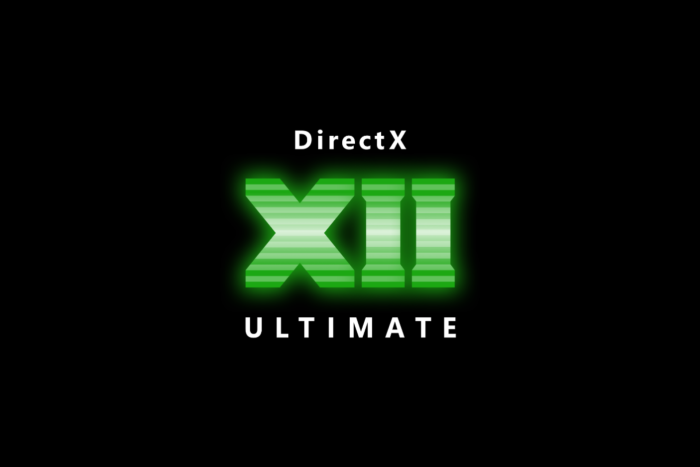Microsoft introduced DirectSR API to bridge the gap between demanding PC games & hardware requirements
No general availability has been announced so far
3 min. read
Published on
Read our disclosure page to find out how can you help Windows Report sustain the editorial team Read more

At the Game Developers Conference 2024 on March 21, 2024, Microsoft announced DirectSR (Direct Super Resolution), the new API designed in collaboration with GPU hardware vendors Nvidia, AMD, and Intel, and shook the gaming industry.
The Redmond-based tech giant has been working on this advanced innovation to transform the video upscaling landscape and ensure the seamless integration of Super Resolution into the next generation of games.
Super Resolution is an advanced method that enhances games’ resolutions and visual quality. In the announcement, Joshua Tucker called DirectSR the missing link that developers have been waiting to integrate Super Resolution (SR) seamlessly into PC and Xbox gaming ecosystems.
It will offer a more streamlined and efficient experience that adapts effectively across various hardware configurations.
Joshua Tucker from the DirectX team also mentioned:
This API enables multi-vendor SR through a common set of inputs and outputs, allowing a single code path to activate a variety of solutions including NVIDIA DLSS Super Resolution, AMD FidelityFX Super Resolution, and Intel XeSS.
A DirectSR public preview will be available soon via the Agility SDK, which allows developers to light up new DirectX features without waiting for an OS update. Thanks to the Agility SDK, DirectSR will be available on the Windows platforms developers care about most, including Windows 10+. Don’t miss our DirectX State of the Union at GDC to catch a sneak peek at how DirectSR can be used with your games!
The main concept behind DirectSR is to ease up the upscaling process, which in turn will empower developers to unlock the complete potential of hardware resources while maintaining the visual quality.
Shawn Hargreaves, Dev Manager at Microsoft’s Direct3D division, stressed that this technology can bridge the gap between demanding PC games & hardware requirements.
One of the main features of DirectSR is its ability to support multiple upscaling techniques integrated into a simple and standard interface.
Its resourcefulness will allow developers to use the capabilities of DirectSR, thereby reducing the workload related to upscaling implementation.
In addition to this, given Microsoft’s commitment to updates, we can expect new upscaling techniques and parameters to be incorporated seamlessly into the DirectSR runtime.
By handling the myriad of inputs and parameters needed for upscaling algorithms and streamlining the implementation process, DirectSR will empower developers to concentrate on optimizing gameplay and enhancing user experiences without being obstructed by technical complexities.
Here is the list of inputs for the algorithm the developers would have to provide:
- Source color image
- Source image region
- Source depth
- Exposure and Pre-Exposure
- Motion vectors
- Camera jitter
- Motion vectors scale
- Exposure scale texture
- Image regions
- Sharpness
- Ignore history mask
- Reactive mask
Once you provide this list of inputs, DirectSR can process and enhance the visual output, resulting in crisp and immersive gaming experiences.
As of now, Microsoft has announced the API but has not talked about DirectSR’s general availability. However, the announcement indicates that the technology is in the advanced stages of development.
To conclude, Microsoft DirectSR in video upscaling technology could be a new way to enhance visual details and performance of the games.
What are your thoughts on the matter? Share your opinions with our readers in the comments section below.








